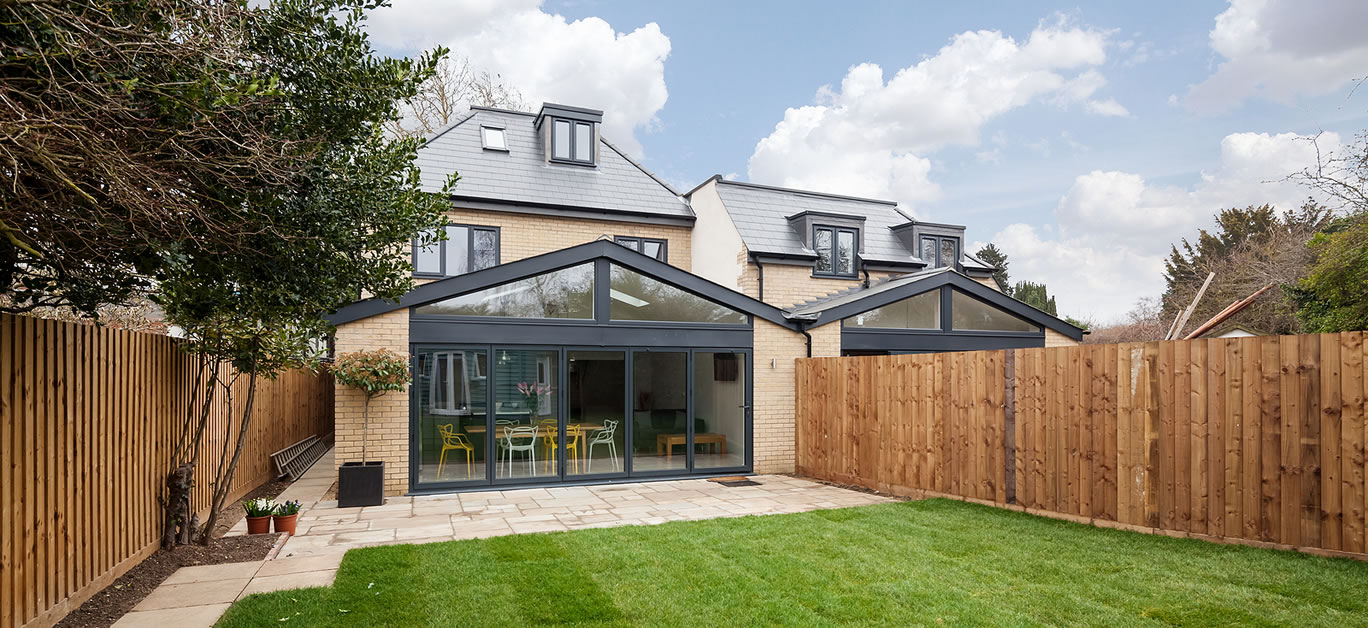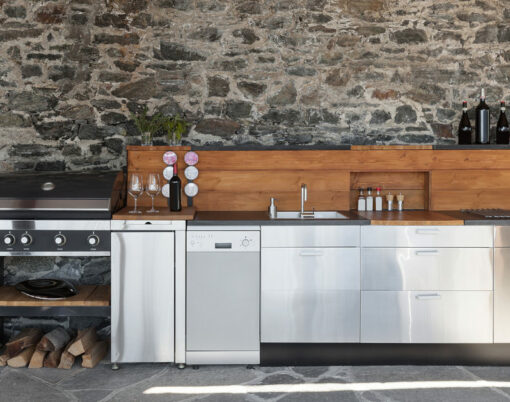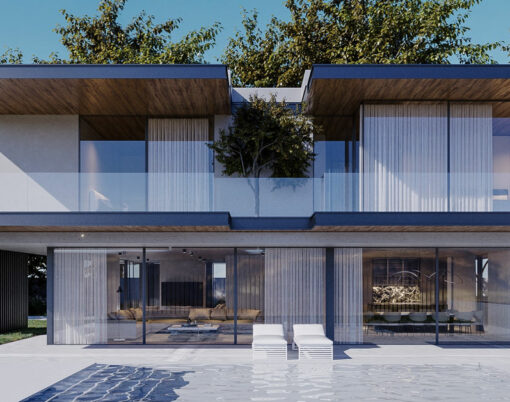If you’re eager for some more space at home but don’t want to sell up and move your current abode, then an extension might be the solution you’re looking for – and with a new year now underway, there’s no better time to start making plans to create your dream layout.
Whilst there’s no denying that home renovations of any kind can be disruptive and somewhat inconvenient whilst in progress, the end result won’t just provide the extra space you crave, but will add value to your home, too. And with a variety of different extension options to choose, there’s something to suit every luxury property type.
Whether you have designs on a bigger kitchen or want to create something entirely new, like a games room or fitness centre, it’s entirely possible to up-level your almost-perfect abode to the dream residence you’ve been envisioning. If you’re unsure where to start and what your options are, then here are five extension types to consider – just don’t forget to apply for planning permission before you begin your project.
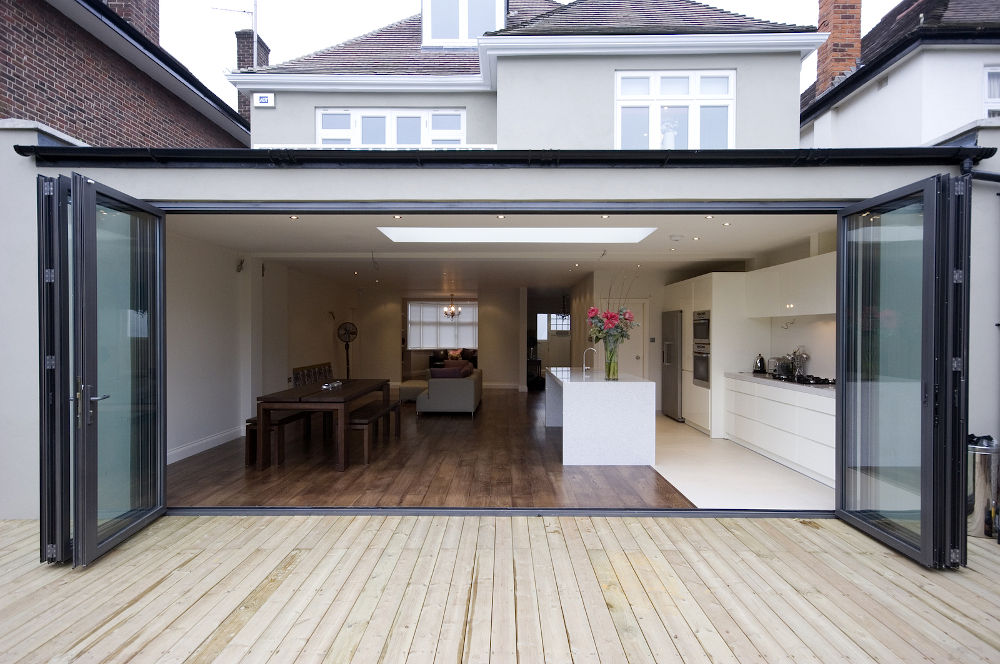
Double-storey extension
If you’re keen to create some extra space on an upper floor – for example, an extra bedroom or an office – then an easy way to go about it would be to extend over an existing kitchen or conservatory room, but if this isn’t an option then a double-storey extension will give you extra space on both levels. Essentially, this simply means erecting a rear or side-return on ground level and then extending your upper floor(s) on top of it – and overall. It can dramatically increase the size of your property and the scope for living more comfortably within it.
Rear extension
Just as the name suggests, a rear extension involves expanding into the space at the back of your home – so if you have a large garden or plenty of land and don’t mind losing some, then this could be the easiest and most obvious way to go. Rear extensions are often used to create bigger kitchens or dining rooms or to erect a spacious garden room that connects the indoors with the outdoors. Think floor-to-ceiling glass (or clear Perspex sheets), lots of natural sunlight and plenty of plants and greenery.
Wrap-around extension
To make use of space both at the side and to the rear of your home, a wrap-around extension is a good option and is perfect if you’re looking to create some open plan living space and create a contemporary-style kitchen/diner or a larger lounge. It’s generally a good choice if you’re looking to extend an existing room as opposed to creating an entirely new one, given the typical L-shape they occupy.
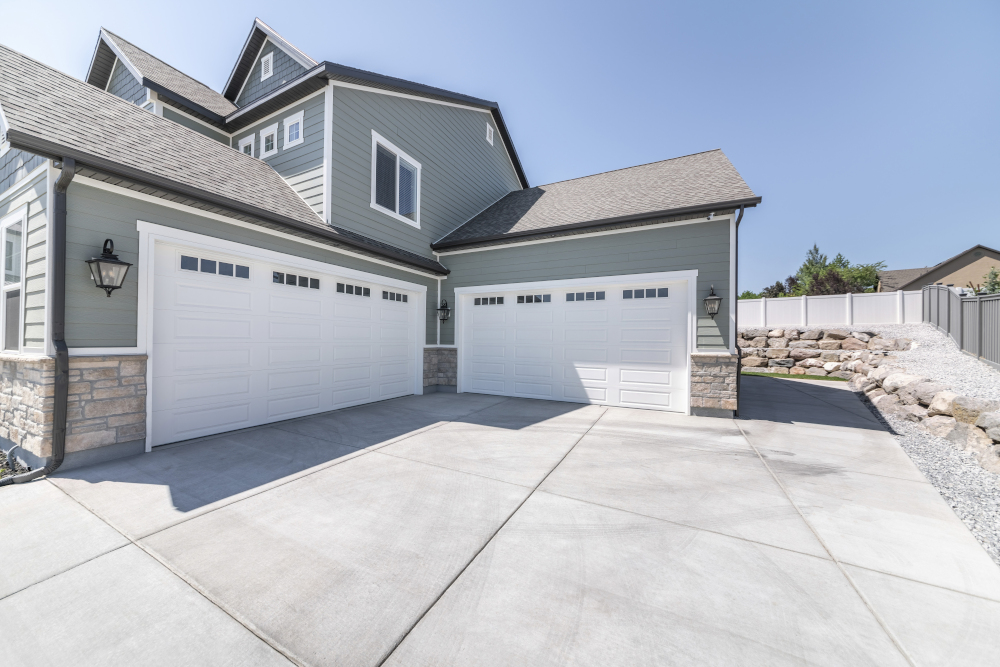
Garage extension
Another often under-utilised space in luxury homes is the garage – which rather than being used to store those high-end cars, often ends up full of junk instead. If you’re happy to keep your cars out on the driveway then extending into your garage is one of the easiest ways to add an additional room to the downstairs of your home. With planning permission, you could even make this part of a double-storey extension, with a gym or games room downstairs and an additional bedroom above it.
Loft extension
If your goal is to add a master suite or a quieter home office space to your abode, then extending into the loft could be the perfect solution. If your home already has a loft, then it’s simply a case of making better use of the under-utilised space you have. Generally, loft extensions are one of the best options because they usually don’t require planning permission – and with a dormer extension you can square the roof to achieve better head height and make the space more usable and comfortable overall.
Before beginning any renovation project, it’s important to acquaint yourself with the necessary permissions required before you begin. Working with an architect who is experienced in luxury home extensions will help you to ensure that you make the most efficient use of the space you add – and that it looks as beautiful as the rest of your home does, too.












